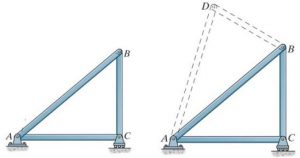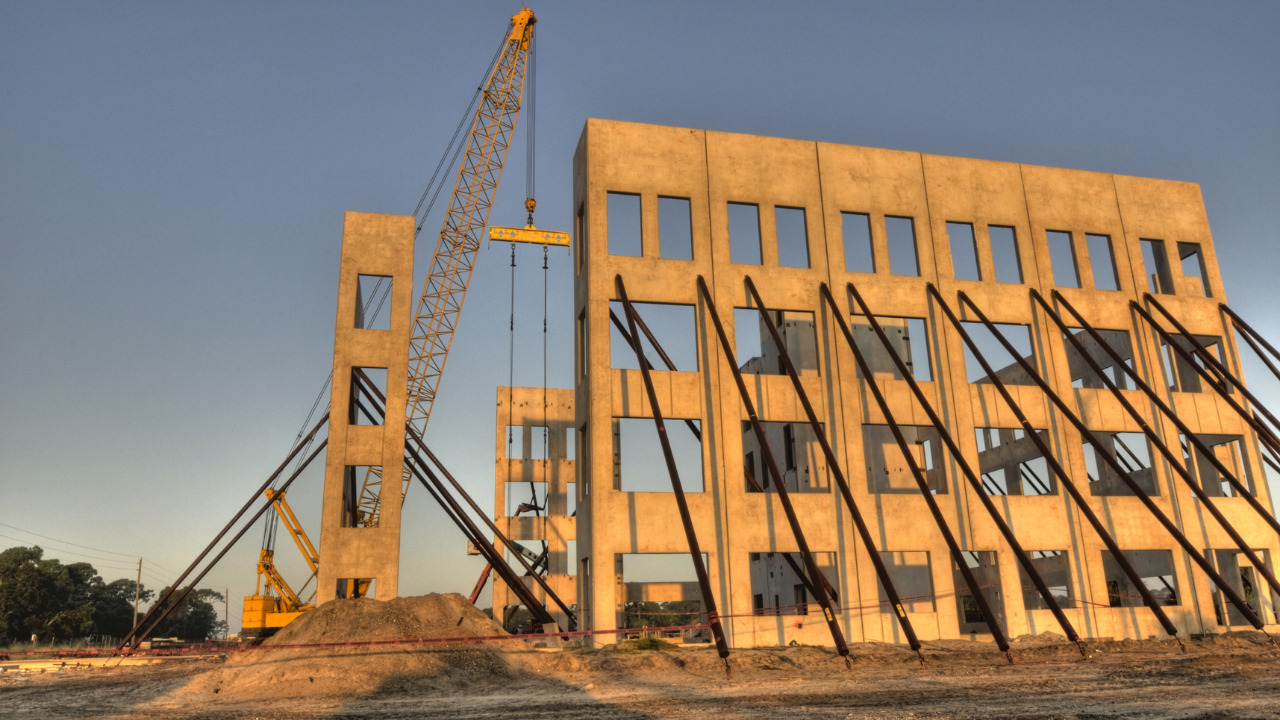Co-planar trusses are classified into three types which are
- Simple Truss
- Compound Truss
- Complex Truss
Table of Contents
Simple Truss
- The simplest framework that is rigid or stable is a triangle.
- Therefore, a simple truss is constructed starting with a basic triangular element and connecting two members to form additional elements.
- As each additional element of two members is placed on a truss, the number of joints is increased by one.

Compound Truss
- This truss is formed by connecting two or more simple trusses together.
- This type of truss is often used for large spans.
There are three ways in which simple trusses may be connected to form a compound truss:
1. Trusses may be connected by a common joint and bar.
2. Trusses may be joined by three bars.
3. Trusses may be joined where bars of a large simple truss, called the main truss, have been substituted by simple trusses, called secondary trusses.

Complex Truss
This is a truss that cannot be classified as being either simple or compound.
Determinacy of Coplanar Trusses
Since all the elements of a truss are two-force members, the moment equilibrium is automatically satisfied.
Therefore there are two equations of equilibrium for each joint, j, in a truss. If r is the number of reactions and b is the number of bar members in the truss, determinacy is
obtained by
b + r = 2j Determinate
b + r > 2j Indeterminate
Stability of Coplanar Trusses
If b + r < 2j, a truss will be unstable, which means the structure will collapse since there are not enough reactions to constrain all the joints.
A truss may also be unstable if b + r 2j. In this case, stability will be determined by inspection
External stability
A structure (truss) is externally unstable if its reactions are concurrent or parallel.

Internal stability
May be determined by inspection of the arrangement of the truss members.
- A simple truss will always be internally stable
- The stability of a compound truss is determined by examining how the simple trusses are connected
- The stability of a complex truss can often be difficult to determine by inspection.
- In general, the stability of any truss may be checked by performing a complete analysis of the structure.
- If a unique solution can be found for the set of equilibrium equations, then the truss is stable


















